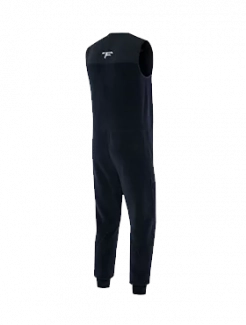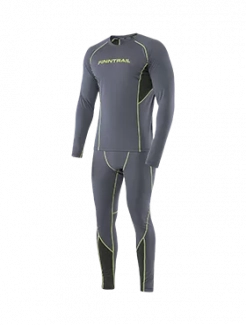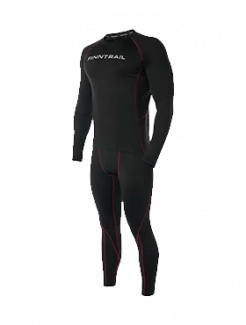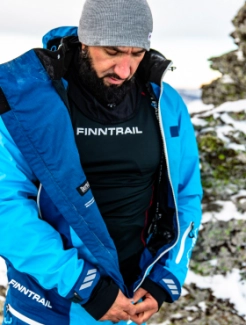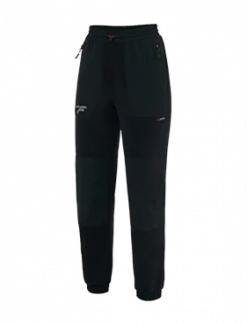How to Fly Fish in Winter: Tips for a Successful Catch
Fly fishing in winter presents unique challenges, but with the right approach, it can be incredibly rewarding. As temperatures drop, fish become less active, requiring anglers to adapt their techniques. Whether targeting winter trout fishing spots or exploring cold weather fly fishing, knowing how to adjust to the conditions can make all the difference. Understanding the right tactics will help anglers enjoy fly fishing in winter without sacrificing success.
Dressing Right for Winter Fly Fishing
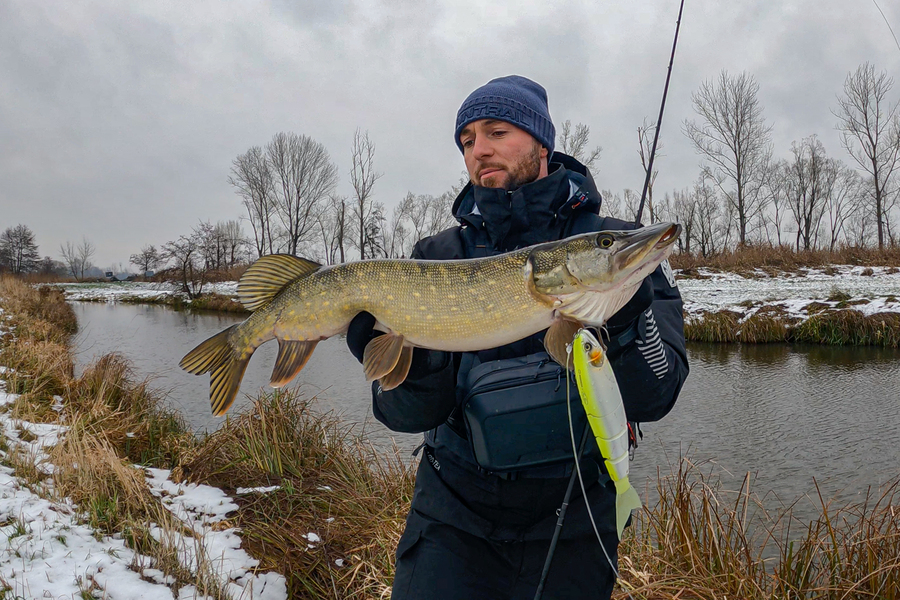
Staying warm is the first step to a successful day on the water. Proper layering is key, as exposure to cold can quickly make a fishing trip uncomfortable. Insulating under-wader clothing, insulated gloves, and a thermal base layer will help keep the cold at bay. Choosing high-quality, breathable materials ensures warmth without excessive sweating, which can lead to chills. Staying warm while fly fishing is not just about comfort—it directly affects performance and endurance on the water.
Selecting the Best Flies for Cold Weather
The right fly selection is crucial when targeting fish in frigid conditions. Since food sources are limited, fish rely heavily on small insects such as midge fly patterns and blue-winged olive hatches. These natural food sources dominate the winter months, making them essential choices for anglers. Presenting these flies with precision and patience will increase the chances of attracting fish. A slow, natural drift mimics the movement of insects in cold water, making it more likely for fish to strike.
Timing Matters: When to Fish in Winter
One of the biggest adjustments anglers need to make during winter trout fishing is timing. Fish become more active during the warmest part of the day, making late morning to early afternoon the prime time to be on the water. Sunlight slightly raises water temperatures, encouraging fish to move and feed. Fishing during these peak hours increases the chances of a successful catch, as opposed to early morning or late evening when fish tend to be more sluggish.
Adjusting Fishing Techniques for Cold Conditions
During fly fishing in winter, fish are less aggressive and require a different approach. Slow, steady presentations are key, as fish are less likely to chase fast-moving flies. Using lighter tippets and leaders creates a more natural drift, improving the chances of a bite. Targeting deeper pools where fish congregate for warmth is also essential, as they prefer slow-moving water during colder months. Adjusting these small details can make a significant difference in cold weather fly fishing success.
Staying Safe While Winter Fly Fishing
Safety is a top priority when fishing in winter. Checking weather conditions before heading out can prevent unexpected dangers. Proper footwear reduces the risk of slipping on icy banks, while layering correctly prevents hypothermia. Preventing ice on fishing gear is also critical, as frozen guides can impact casting and retrieve efficiency. Carrying extra gloves, a thermos of hot tea or coffee, and emergency gear ensures preparedness for unexpected situations. Fly fishing safety in winter should never be overlooked, as the conditions can quickly become harsh.
Embracing winter fly fishing tips can turn cold-weather outings into successful adventures. Dressing appropriately, selecting the right flies, fishing at optimal times, adjusting techniques, and prioritizing safety all contribute to a rewarding experience. Cold weather fly fishing might seem intimidating, but with the right preparation, it offers some of the most peaceful and productive fishing opportunities of the year.


